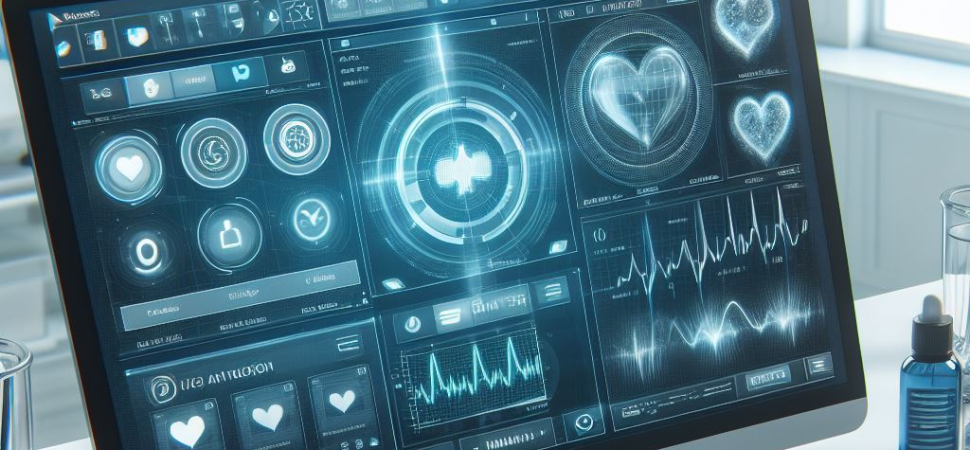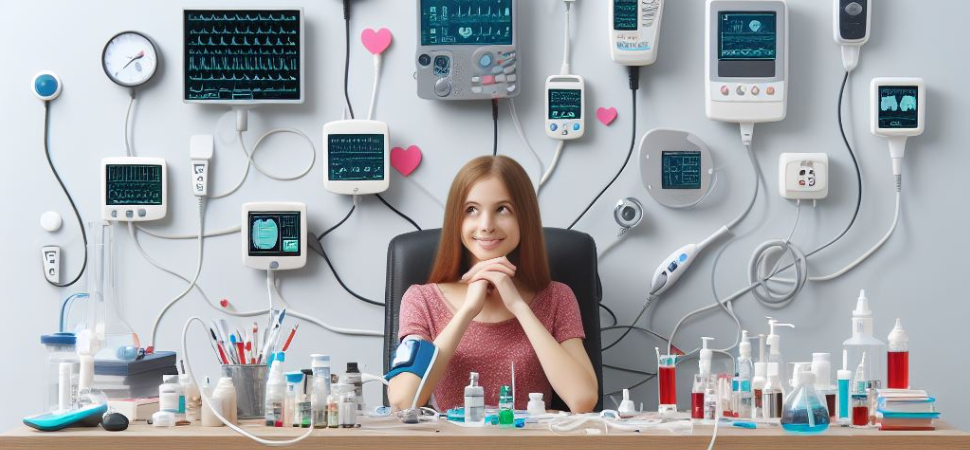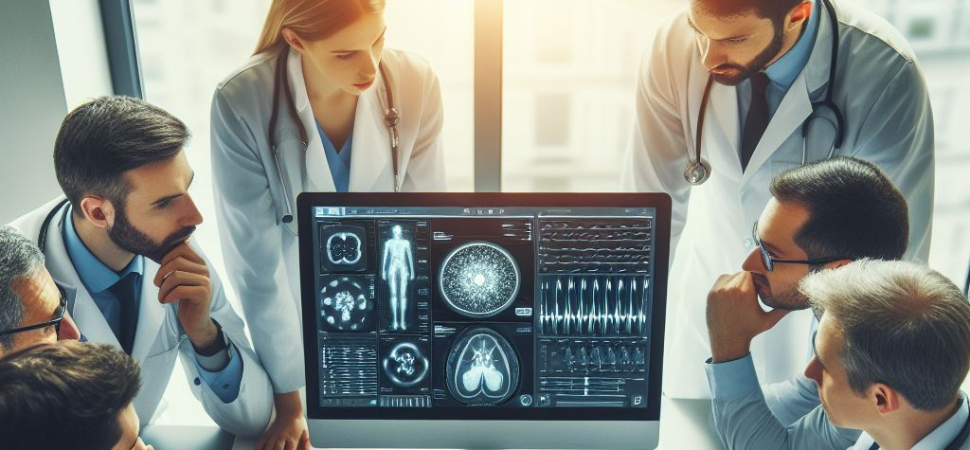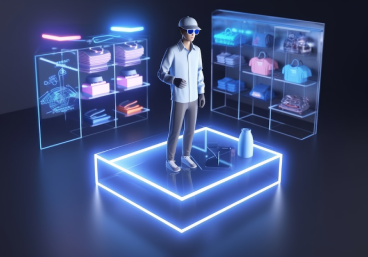How to develop software for medical devices ?

Developing software for medical devices is a complex and highly regulated process that requires a deep understanding of both software development and medical device regulations. The development of medical device software involves various stages, from initial concept and design to final testing and validation. It is crucial to ensure that the software is safe, reliable, and effective in order to protect the health and well-being of patients. In this article, we will discuss the benefits and considerations involved in developing software for medical devices, as well as the regulations and standards that must be followed to ensure compliance and quality.
Whether you are a software developer looking to enter the medical device industry or a medical device manufacturer seeking to improve your software development process, this article will provide valuable insights and guidance for developing safe and effective medical device software.
What is Medical Device Software ?

Medical device software refers to the programs and applications that are used on medical devices to perform specific functions or tasks. These devices can range from simple thermometers to complex imaging machines, and the software is essential in ensuring their proper functionality. The software is designed specifically for medical purposes and must meet strict regulatory guidelines to ensure patient safety. It plays a crucial role in healthcare by aiding in diagnosis, treatment, monitoring, and research. In short, medical device software is a vital component of modern medicine that enables accurate and efficient delivery of healthcare services.
Types Of Medical Device Software

There are various types of medical device software that play a crucial role in patient care, and
Diagnostic Software
Diagnostic software is used in medical devices to help healthcare professionals accurately diagnose various medical conditions. This type of software includes algorithms and databases that analyze patient data, such as lab results, imaging scans, and symptoms, to provide a diagnosis. Examples of diagnostic software include electrocardiogram (ECG) analysis software, which interprets heart activity, and computer-aided detection (CAD) software, which helps detect abnormalities in medical images.
Therapeutic Software
Therapeutic software is designed to assist in the treatment of medical conditions. This type of software is often used in conjunction with medical devices, such as insulin pumps, pacemakers, and prosthetics. Therapeutic software can adjust the settings of the medical device based on the patient's needs and response, making treatment more personalized and effective.
Monitoring Software
Monitoring software is used to track patient data, such as vital signs and medication adherence, in real-time. This type of software is particularly useful for patients with chronic conditions, as it allows healthcare professionals to monitor their health remotely and make necessary adjustments to their treatment plan. Monitoring software can also detect and alert healthcare professionals of any abnormalities or changes in the patient's condition, allowing for early intervention.
Administrative Software
Administrative software is used in medical devices to manage and organize patient data, such as electronic health records (EHRs), billing information, and scheduling. This type of software streamlines administrative tasks, allowing healthcare professionals to focus on patient care. It also facilitates communication between different healthcare providers, ensuring that all necessary information is readily available.
Simulation Software
Simulation software is used in medical devices to train healthcare professionals and students. This type of software creates virtual scenarios that mimic real-life situations, allowing users to practice and improve their skills in a safe environment. Simulation software is particularly beneficial for complex procedures, such as surgery, where practice and precision are crucial.
Imaging Software
Imaging software is used in medical devices to capture and enhance images of the human body for diagnostic purposes. This type of software includes imaging modalities such as X-rays, ultrasound, and magnetic resonance imaging (MRI). It helps healthcare professionals visualize and analyze internal structures and identify any abnormalities or injuries.
Communication Software
Communication software is used in medical devices to enable communication between patients and healthcare professionals. This type of software includes telemedicine platforms that allow patients to consult with their doctors remotely, reducing the need for in-person visits. It also includes communication tools within medical devices that allow patients to report their symptoms and vital signs to their healthcare team.
Also Read : How AI Can Be Beneficial to Healthcare Startups in 2024?
Benefits Of Medical Device Software

Improved Accuracy and Precision
Medical device software has greatly improved the accuracy and precision of medical devices. With the help of algorithms and advanced data analysis techniques, software programs can accurately interpret and analyze data from medical devices. This ensures that the measurements and readings are precise, reducing the margin of error. For example, in diagnostic imaging, software programs can enhance image quality, making it easier for doctors to identify and diagnose medical conditions accurately.
Real-Time Monitoring and Alerts
Medical device software enables real-time monitoring and alerts, which is crucial in critical care situations. For instance, software programs can monitor vital signs, such as heart rate and blood pressure, and send alerts to healthcare providers if any abnormalities are detected. This allows for quick intervention and potentially life-saving actions. Real-time monitoring also enables healthcare providers to track patient progress and adjust treatment plans accordingly.
Enhanced Patient Safety
The use of medical device software has greatly enhanced patient safety. Software programs are designed to perform regular checks and self-diagnosis, ensuring that the devices are functioning correctly. This reduces the risk of malfunctions and errors, making medical devices safer for patients. Additionally, software programs can also detect potential issues before they become critical, allowing for timely maintenance and repairs. This ultimately leads to improved patient outcomes and reduces the risk of adverse events.
Increased Efficiency and Productivity
Medical device software has also increased efficiency and productivity in healthcare settings. With the automation of tasks such as data collection and analysis, healthcare providers can spend more time focusing on patient care. This also reduces the risk of human error and frees up time for other important tasks. Additionally, software programs can store and organize patient data, making it easily accessible for healthcare providers. This improves the speed and accuracy of diagnosis and treatment, leading to more efficient and effective healthcare delivery.
Improved Patient Experience
The use of medical device software has greatly improved the patient experience. With the automation of tasks, patients no longer have to undergo lengthy and uncomfortable procedures, such as manual data recording. This also reduces the risk of human error, leading to more accurate and timely treatment. In addition, software programs can also be used to educate patients about their conditions and treatment plans, improving their understanding and involvement in their healthcare journey.
Cost-Effectiveness
Lastly, medical device software has also brought about cost-effectiveness in healthcare. By improving efficiency, reducing errors, and enhancing patient outcomes, healthcare costs are reduced in the long run. Additionally, software programs can also analyze data and identify areas where costs can be reduced, such as optimizing resource utilization. This ultimately leads to better resource management and cost savings for healthcare providers and patients alike.
How to Build Software for Medical Devices ?

Developing software for medical devices requires a thorough understanding of both the medical field and software engineering. This is because medical devices are highly regulated and must adhere to strict safety and performance standards. The process of building software for medical devices involves several stages and requires collaboration between different teams.
Here are the steps and best practices involved in building software for medical devices.
Define the Requirements
The first step in building software for medical devices is to clearly define the requirements. This involves understanding the purpose and intended use of the device, as well as its intended users. It is important to consider the safety and performance requirements set by regulatory bodies such as the Food and Drug Administration (FDA). The requirements should be documented and communicated to all teams involved in the development process.
Design and Development
Once the requirements are defined, the software development team can start designing and developing the software. This involves creating detailed design specifications, developing the code, and conducting unit testing to ensure that the software meets the specified requirements. The software design should also consider factors such as user interface design, data security, and data management.
Verification and Validation
Verification and validation are critical steps in building software for medical devices. Verification involves testing the software to ensure that it meets the specified requirements. This can include functional testing, performance testing, and usability testing. Validation, on the other hand, involves testing the software in real-world scenarios to ensure that it performs as intended and meets the needs of the end-users.
Risk Management
Risk management is an important aspect of building software for medical devices. This involves identifying potential risks associated with the software and implementing measures to mitigate them. The risk management process should be documented and regularly reviewed to ensure that any potential risks are identified and addressed in a timely manner.
Regulatory Compliance
As mentioned earlier, medical devices are highly regulated, and the software used in these devices must comply with the regulations set by the FDA and other regulatory bodies. The software development team must ensure that the software meets all the necessary regulatory requirements, such as the FDA's Quality System Regulation (QSR) and the International Electrotechnical Commission (IEC) 62304 standard for medical device software.
Documentation and Maintenance
Documentation is a crucial aspect of building software for medical devices. All stages of the development process, including requirements, design, testing, and risk management, should be thoroughly documented. This is important for future maintenance and updates to the software. The software development team should also establish a maintenance plan to ensure that the software remains compliant with regulatory requirements and functions properly over time.
Conclusion
Developing software for medical devices is intricate, requiring expertise in software development and adherence to strict regulations. From conception to deployment, each stage demands meticulous attention to ensure safety, reliability, and compliance.
Medical device software serves diverse purposes, enhancing patient care, diagnosis, treatment, and monitoring. Benefits include improved accuracy, real-time monitoring, enhanced safety, efficiency, and cost-effectiveness.
Partnering with Innow8 apps ensures access to high-quality, innovative solutions tailored to the medical device industry. Our expertise in software engineering and regulatory compliance guarantees superior outcomes for clients. Contact us to elevate your software development process and deliver impactful solutions for patients and healthcare providers.
FAQs
What are the key steps for developing software for medical devices?
The key steps for developing software for medical devices include requirements gathering, design and development, verification and validation, regulatory approval, and post-market surveillance.
How can we ensure the software meets regulatory requirements?
It is important to follow established standards and guidelines such as ISO 13485 and IEC 62304, conduct thorough risk management and testing, and document the development process to demonstrate compliance with regulations.
What role do software engineers play in developing medical device software?
Software engineers are responsible for designing, coding, and testing the software for medical devices. They also work closely with other team members, such as product managers and quality assurance specialists, to ensure the software meets the necessary requirements and regulations.
What are some common challenges in developing medical device software?
Some common challenges include ensuring the software is user-friendly and intuitive for healthcare professionals to use, maintaining data security and privacy, and continuously updating and improving the software to keep up with advancements in technology and medical practices.
Unlock the power of medical device software development now!
Recent Blogs:
The Ultimate Guide to Custom Software in 2025
Learn key strategies for crafting custom software for the 2025 digital landscape in this e...
Read More
Is There Anything Better than ChatGPT? Top 5 ...
Read full article on what are the best alternatives to ChatGPT- 1. Microsoft Bing 2. Quora P...
Read More
What is eTail and Why It Matters in 2025 | Fu...
Discover what eTail is and why it will shape e-commerce in 2025. Stay ahead of the curve—lea...
Read More